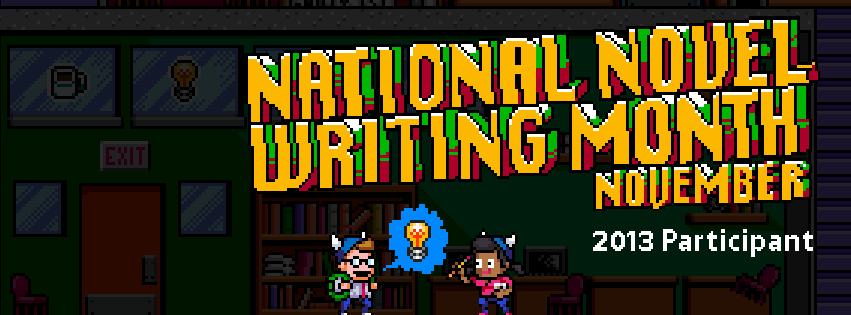NaNoWriMo: The Central Story Problem, or, All I Needed to Know About Plot I Learned in Third Grade
Greetings, NaNo-nauts! How goes it? Typing? Scribbling? Yawning from too many nights scratching your head over what the crud is going to happen next in this damn story? Never fear, because this week, we're going old school—as in elementary, my dear writers.
Creative writing was, obviously, the best part of third grade. Taking a stubby pencil to those wide-ruled sheets was so much fun it didn’t even feel like learning! (I knew I was going to be A Serious Writer one day because I always picked the all-lines sheets instead of the ones with space to draw a picture at the top. No time for illustrations; there was prose to produce!)
Still, it was school, so learning was kind of inevitable. And while I was cranking out Caddie-Woodlawn-inspired prairie epics and brilliantly resolving my thrillers with “it was all a dream!” I actually picked up the simplest, best plotting advice I’ve ever received.
Before anyone in my class could start a new creative writing project, my teacher wanted to see what she called the Central Story Problem:

The first slot is for character name, and the second and third for the rest of the details. I had no idea at the time, but this was a genius way of keeping us accountable to a plot. The first part of the CSP establishes motive: what does your character want, need, or feel? The second part is the complication, the bend in the road, the change that sets the action in motion. I remember once wanting to write about fairies, but I had no idea what the fairies should do, so I just left the second half of the slip blank. Nuh-uh: no CSP, no story, no lined sheets of paper until I come up with some stuff to happen.
Since then, I’ve tried many kinds of plotting: no plot, beat sheets, three-act-structures, hero’s journeys, but no matter what, I keep coming back to the good ol’ CSP. It’s economical, it’s expendable, and it’s just the right amount of restrictive. Every narrative—or every plot-driven one, since I don’t think a lot of third-graders were shooting to write literary fiction—is basically the story of overcoming (or not overcoming) an obstacle. Figure that out and boom: you’ve got the guts of your story.
So, if you find yourself floundering with a way to get started this NaNoWriMo, I’d encourage you to grab a fat kiddie pencil, print out a few CSPs, and hunker down for some elementary plotting—in all senses of the word.
What does the CSP for your novel-in-progress look like? Share it in the comments or on Twitter with the fancy hashtag #quirknano for a chance to win a copy of See Jane Write!

Blair Thornburgh
BLAIR THORNBURGH is a graduate of the University of Chicago, where she earned a B.A. in medieval studies and delivered a pretty good commencement speech. She lives in Philadelphia.




